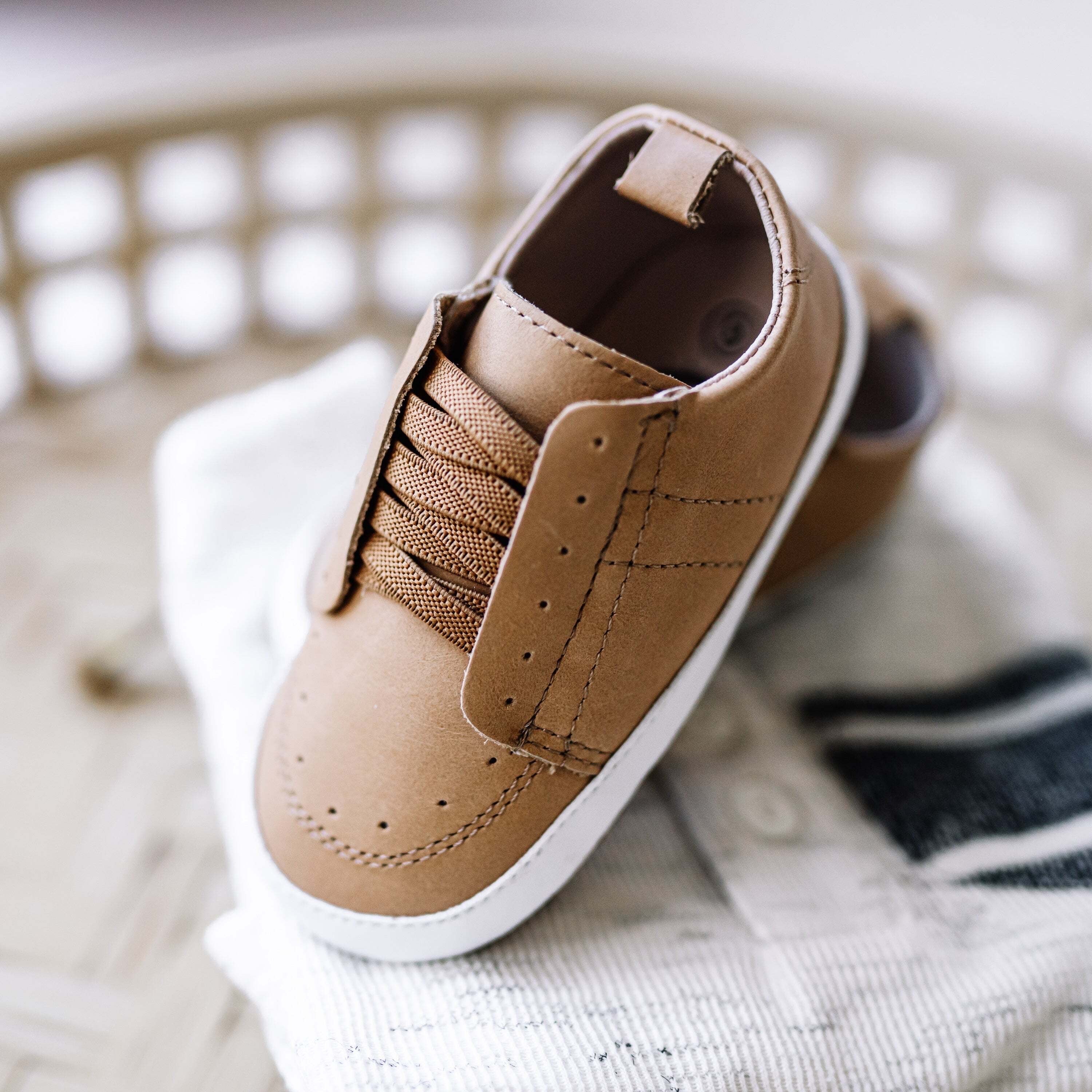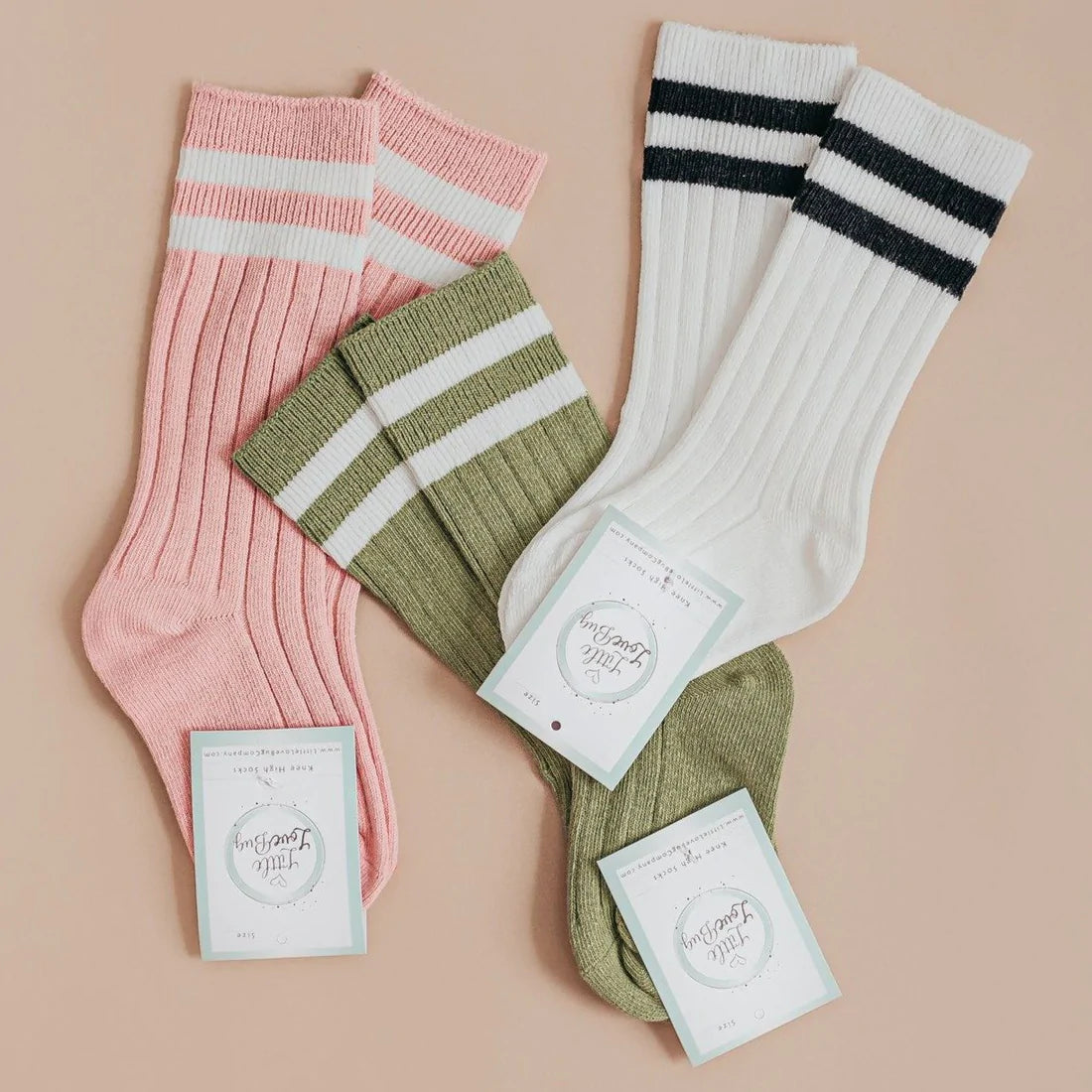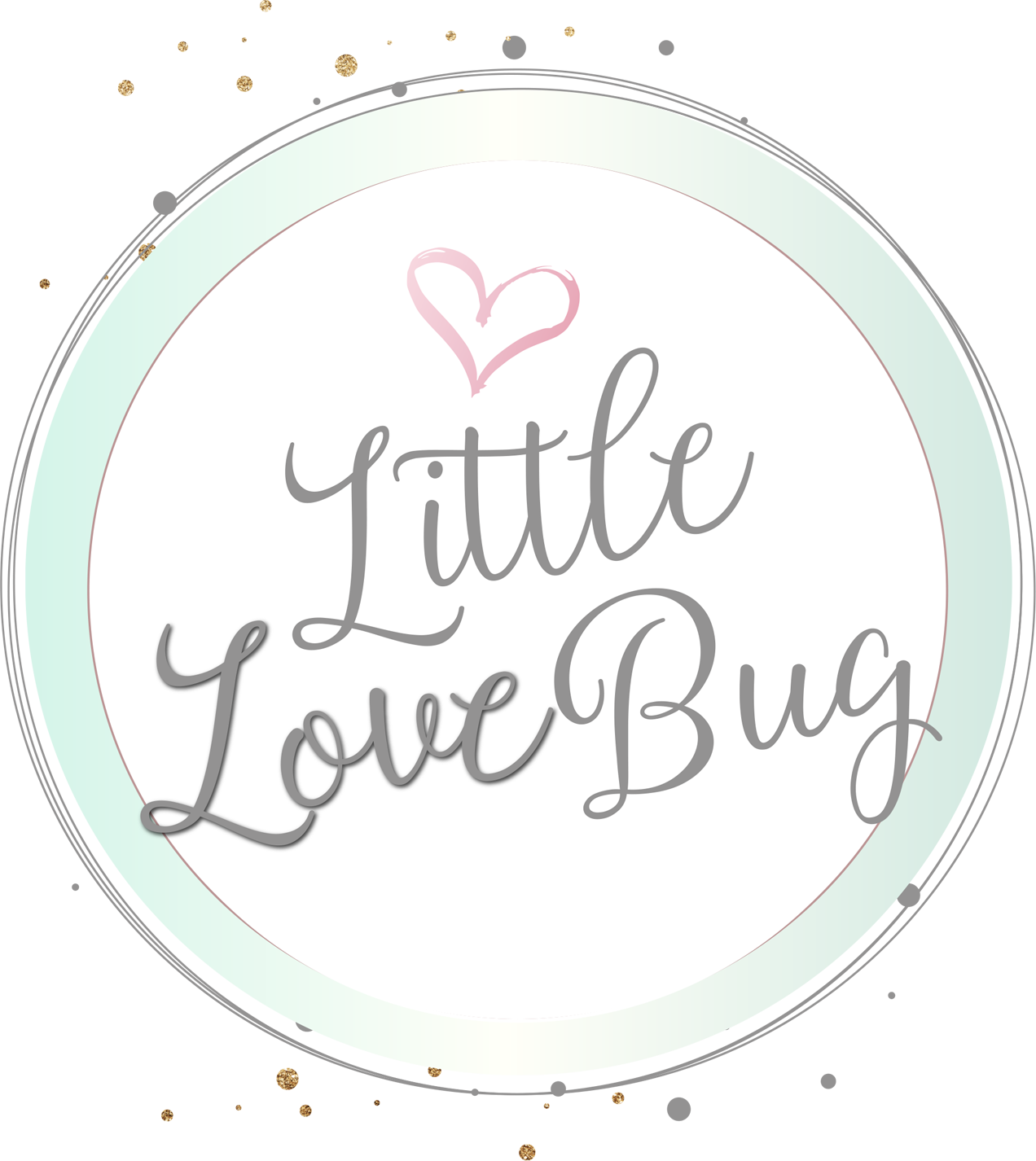
Foot development is an important factor in the overall growth of a child. As your child grows, their feet are constantly changing and developing, and it is important to be aware of this and help support their healthy foot development. In this blog post, we will discuss the importance of foot development in your growing child and how you can support it.
Proper foot development helps with balance and coordination
Having strong, properly developed feet is important for a child's overall health and development. Proper foot development helps with balance and coordination, which is essential for any growing child. It is important for your child to learn to balance on one foot and then the other, as well as to move their feet independently from one another. This type of coordination is vital for walking, running, and participating in sports activities.
Good foot development starts with learning how to stand and walk. The feet are responsible for holding up the body’s weight, and so having strong feet is necessary for maintaining proper balance. It is important to help your child strengthen the muscles in their feet by encouraging them to stand on one foot and then the other. This will help them develop strength and balance. Additionally, allowing your child to practice walking on various surfaces such as sand or grass can also help strengthen their feet. Foot strengthening exercises, such as toe curls and heel raises, are also beneficial for developing better balance and coordination.
Good foot development can help prevent injuries
Having properly developed feet can help protect your child from many injuries that can arise from their growing and developing body. When the feet are not able to carry the weight of the body, it can lead to improper distribution of stress, resulting in muscle and joint pains. Poorly developed feet can also cause poor balance and coordination, making your child more prone to trips and falls.
The most common injuries caused by poor foot development include plantar fasciitis, Achilles tendonitis, shin splints, and ankle sprains. All of these injuries can be painful and debilitating, taking weeks or even months to heal properly. By making sure your child’s feet are well-developed, you can help them avoid these potential injuries.
One way to make sure your child’s feet are well-developed is to have them participate in activities that promote foot strength and flexibility, such as swimming, walking, running, and dance. All of these activities can help to strengthen the muscles of the feet while also improving balance and coordination. It is also important to make sure your child wears supportive shoes that are appropriate for the activity they are participating in. Wearing shoes with good arch support can help prevent strain on the feet and ankles, reducing the risk of injury.
Foot development affects the alignment of the bones in the rest of the body
Good foot development is essential for the proper alignment of bones throughout the body. It is particularly important for the alignment of the ankle, knee and hip joints. When the foot is properly developed, it supports the arch of the foot, which helps to evenly distribute the body’s weight when walking, running or jumping. This creates less stress on the joints in other areas of the body, allowing them to move more freely and naturally.
Weak feet can cause problems in other areas of the body due to the misalignment of bones. Poor posture and walking patterns can result from weak feet, as can chronic pain in areas like the back, hips and knees. Improperly developed feet can even lead to a decrease in range of motion and mobility.
The best way to ensure good foot development and proper bone alignment throughout the body is to start early and promote good foot health habits in your child. Ensuring that your child wears supportive shoes and takes part in activities that strengthen their feet will help to keep their joints aligned and promote better posture and movement patterns.
Strong feet can help your child be more active
When children's feet are strong, it enables them to have better balance and control over their movements. This is essential for playing and running, which are essential for physical activity and keeping kids healthy. Strong feet will also help your child be able to handle different types of terrain without difficulty, whether it’s on uneven ground, rocks, sand, or even in water.
Strong feet will enable your child to engage in physical activities more confidently and with greater ease. With good foot development, your child will be less prone to falls, stumbles, and accidents, allowing them to explore the world around them with more freedom.
The ability to move with agility and strength is crucial for sports activities, and having strong feet can give your child an edge when they participate in physical activities like soccer, basketball, and running.
It’s important to remember that strong feet don’t happen overnight; they require a gradual process of strengthening and conditioning. Make sure that your child has proper footwear that fits well and provides adequate support for their growing feet. Ensure that your child is also engaging in exercises designed to strengthen the muscles of the feet. From balancing exercises to toe stretches, there are many activities that can help your child build strength and agility in their feet.
Tips for promoting good foot development in your child
1. Provide your child with supportive and properly fitting shoes. This can help to prevent any foot problems from developing and will provide your child with proper support when they are running, jumping, and walking.
2. Encourage your child to go barefoot when it is safe. This will help their feet to strengthen as they learn how to balance and maneuver on their own.
3. Allow your child to participate in activities that involve standing or walking on uneven surfaces. This helps to strengthen the muscles in the feet as well as improve balance and coordination.
4. If your child takes part in sports, ensure they have the right type of footwear for the activity they’re participating in. Different types of sports require different types of shoes that are specifically designed for each activity.
5. Have your child stretch their feet before and after physical activity. This can help to reduce any muscle strain or tension that has built up during their activity.
6. Make sure your child gets regular foot check-ups. This is especially important if you notice any signs of pain or discomfort in their feet.
Following these tips can help ensure that your child's feet remain healthy and strong as they grow. Proper foot development is an important part of any growing child's development and should not be neglected.
Proper foot development helps with balance and coordination
Having strong, properly developed feet is important for a child's overall health and development. Proper foot development helps with balance and coordination, which is essential for any growing child. It is important for your child to learn to balance on one foot and then the other, as well as to move their feet independently from one another. This type of coordination is vital for walking, running, and participating in sports activities.
Good foot development starts with learning how to stand and walk. The feet are responsible for holding up the body’s weight, and so having strong feet is necessary for maintaining proper balance. It is important to help your child strengthen the muscles in their feet by encouraging them to stand on one foot and then the other. This will help them develop strength and balance. Additionally, allowing your child to practice walking on various surfaces such as sand or grass can also help strengthen their feet. Foot strengthening exercises, such as toe curls and heel raises, are also beneficial for developing better balance and coordination.
Good foot development can help prevent injuries
Having properly developed feet can help protect your child from many injuries that can arise from their growing and developing body. When the feet are not able to carry the weight of the body, it can lead to improper distribution of stress, resulting in muscle and joint pains. Poorly developed feet can also cause poor balance and coordination, making your child more prone to trips and falls.
The most common injuries caused by poor foot development include plantar fasciitis, Achilles tendonitis, shin splints, and ankle sprains. All of these injuries can be painful and debilitating, taking weeks or even months to heal properly. By making sure your child’s feet are well-developed, you can help them avoid these potential injuries.
One way to make sure your child’s feet are well-developed is to have them participate in activities that promote foot strength and flexibility, such as swimming, walking, running, and dance. All of these activities can help to strengthen the muscles of the feet while also improving balance and coordination. It is also important to make sure your child wears supportive shoes that are appropriate for the activity they are participating in. Wearing shoes with good arch support can help prevent strain on the feet and ankles, reducing the risk of injury.
Foot development affects the alignment of the bones in the rest of the body
Good foot development is essential for the proper alignment of bones throughout the body. It is particularly important for the alignment of the ankle, knee and hip joints. When the foot is properly developed, it supports the arch of the foot, which helps to evenly distribute the body’s weight when walking, running or jumping. This creates less stress on the joints in other areas of the body, allowing them to move more freely and naturally.
Weak feet can cause problems in other areas of the body due to the misalignment of bones. Poor posture and walking patterns can result from weak feet, as can chronic pain in areas like the back, hips and knees. Improperly developed feet can even lead to a decrease in range of motion and mobility.
The best way to ensure good foot development and proper bone alignment throughout the body is to start early and promote good foot health habits in your child. Ensuring that your child wears supportive shoes and takes part in activities that strengthen their feet will help to keep their joints aligned and promote better posture and movement patterns.
Strong feet can help your child be more active
When children's feet are strong, it enables them to have better balance and control over their movements. This is essential for playing and running, which are essential for physical activity and keeping kids healthy. Strong feet will also help your child be able to handle different types of terrain without difficulty, whether it’s on uneven ground, rocks, sand, or even in water.
Strong feet will enable your child to engage in physical activities more confidently and with greater ease. With good foot development, your child will be less prone to falls, stumbles, and accidents, allowing them to explore the world around them with more freedom.
The ability to move with agility and strength is crucial for sports activities, and having strong feet can give your child an edge when they participate in physical activities like soccer, basketball, and running.
It’s important to remember that strong feet don’t happen overnight; they require a gradual process of strengthening and conditioning. Make sure that your child has proper footwear that fits well and provides adequate support for their growing feet. Ensure that your child is also engaging in exercises designed to strengthen the muscles of the feet. From balancing exercises to toe stretches, there are many activities that can help your child build strength and agility in their feet.
Tips for promoting good foot development in your child
1. Provide your child with supportive and properly fitting shoes. This can help to prevent any foot problems from developing and will provide your child with proper support when they are running, jumping, and walking.
2. Encourage your child to go barefoot when it is safe. This will help their feet to strengthen as they learn how to balance and maneuver on their own.
3. Allow your child to participate in activities that involve standing or walking on uneven surfaces. This helps to strengthen the muscles in the feet as well as improve balance and coordination.
4. If your child takes part in sports, ensure they have the right type of footwear for the activity they’re participating in. Different types of sports require different types of shoes that are specifically designed for each activity.
5. Have your child stretch their feet before and after physical activity. This can help to reduce any muscle strain or tension that has built up during their activity.
6. Make sure your child gets regular foot check-ups. This is especially important if you notice any signs of pain or discomfort in their feet.
Following these tips can help ensure that your child's feet remain healthy and strong as they grow. Proper foot development is an important part of any growing child's development and should not be neglected.


